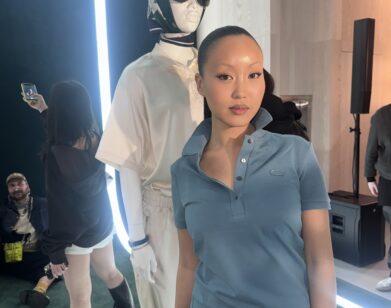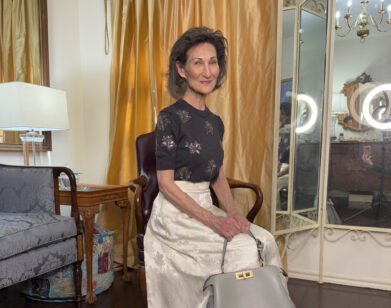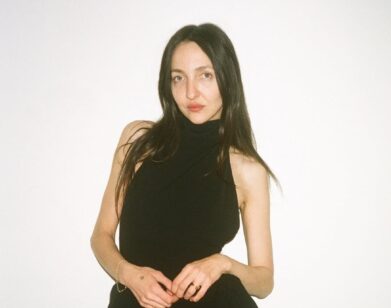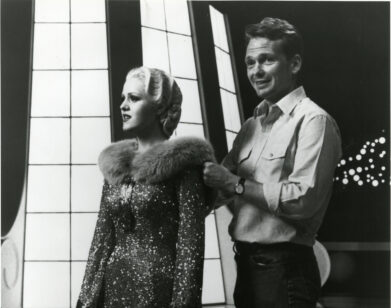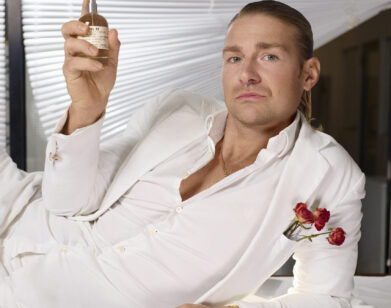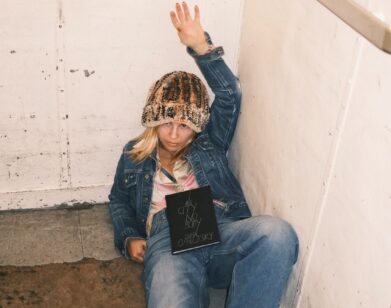Designer Zac Posen and Choreographer Lauren Lovette Toss Ballet in a Blender
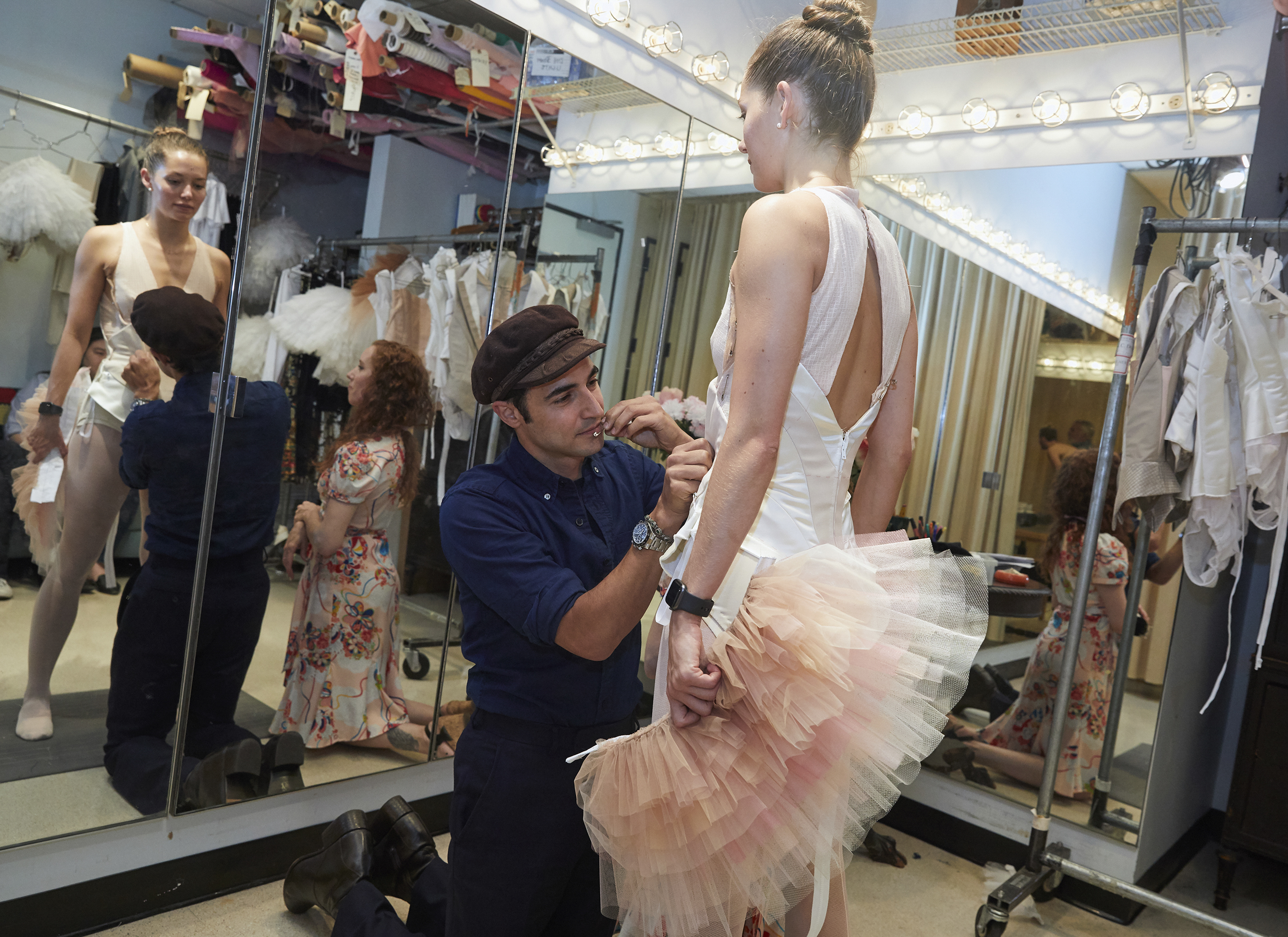
“The ballerina dances to be beautiful. To support someone else being beautiful, or to be surrounded by what’s beautiful.” The choreographer Lauren Lovette tells me this as we dissect her current ballet (her third, to “Fire Ritual” by composer Tan Dun), about to premiere at NYCB’s Fall Fashion Gala at Lincoln Center Thursday evening, conceived and hosted by Sarah Jessica Parker. Lovette, a principal dancer in the company, wants to turn the traditional beauty concept of her art on its head with the help of her visual collaborator, the designer Zac Posen, who designed costumes for the piece. Lovette chose Posen based on her admiration of his gowns, from afar. Unlike collaborations of the past, where designers simply followed instructions, Posen played an active role in her story vision. She started out wanting an all-male cast in basic unitard styles to demonstrate a defiance of gender roles, but once the costume department lent Posen the tulle masterpieces Barbara Karinska created for NYCB founder George Balanchine, Posen told Lovette “no way.”
The result is a story that features an androgynously clad dancer, Georgina Pazcoguin—in a Zac Posen for Brooks Brothers white shirt and straight black pants—who Posen considers a stylistic stand-in for himself. She represents the insecure teenage girl-in-training, gazing at herself through three mirrors, or in this case, partners: one male and two female—the ladies wearing Posen’s torqued—out tutus (a rebellious departure from the traditional). As a teenager in the world, you think, “’I’m perfect.’ But not in ballet.” Lovette says. “It causes Gina to take off her shoes onstage, as if to say, ‘I don’t have to fill in X, Y, Z. Not till the third partner, till they all become a part of her, does she put the shoes back on.’”
For the other cast members, Posen fitted the waists of the male dancers with flourished petals and lifted the sides and back of the tutus. He’s taken Karinska’s once groundbreaking powderpuff short tutu (that Balanchine championed to longer bulkier versions), and took it up a few notches. The back portion of the corps de ballet girls point in a straight diagonal towards the sky. That made it easier for them to do floor work—often seen in modern dance, but almost never in ballet. For Lovette, it’s a choreographic break with the past. Posen calls it “fucked up Degas.”
_ _ _
SUSAN KIRSCHBAUM: What have you learned from working with Zac Posen?
LAUREN LOVETTE: I’ve learned a lot of things. The biggest that comes to mind is being flexible. I just had a totally different idea. I wanted to show the masculine sides of our nature with an all-male cast. Very uniform costumes, very simple. No tulle. We gave him a lot of old dance costumes from Karinska, which is a lot of tulle! Of course he came back with his “Zac way.” I thought, well this is beautiful, but this is not what I see at all when I hear the music. He flipped a lot of the costumes inside out. There were more on the arms than there are now. They had a lot of wings. Tutus that looked like birds. Beautiful, beautiful costumes. I thought, ‘Wow this is a genius thing to do, but this isn’t my idea.’ I was very set in my idea. I think he was set in his too.
KIRSCHBAUM: You didn’t agree on anything in the beginning. So what changed?
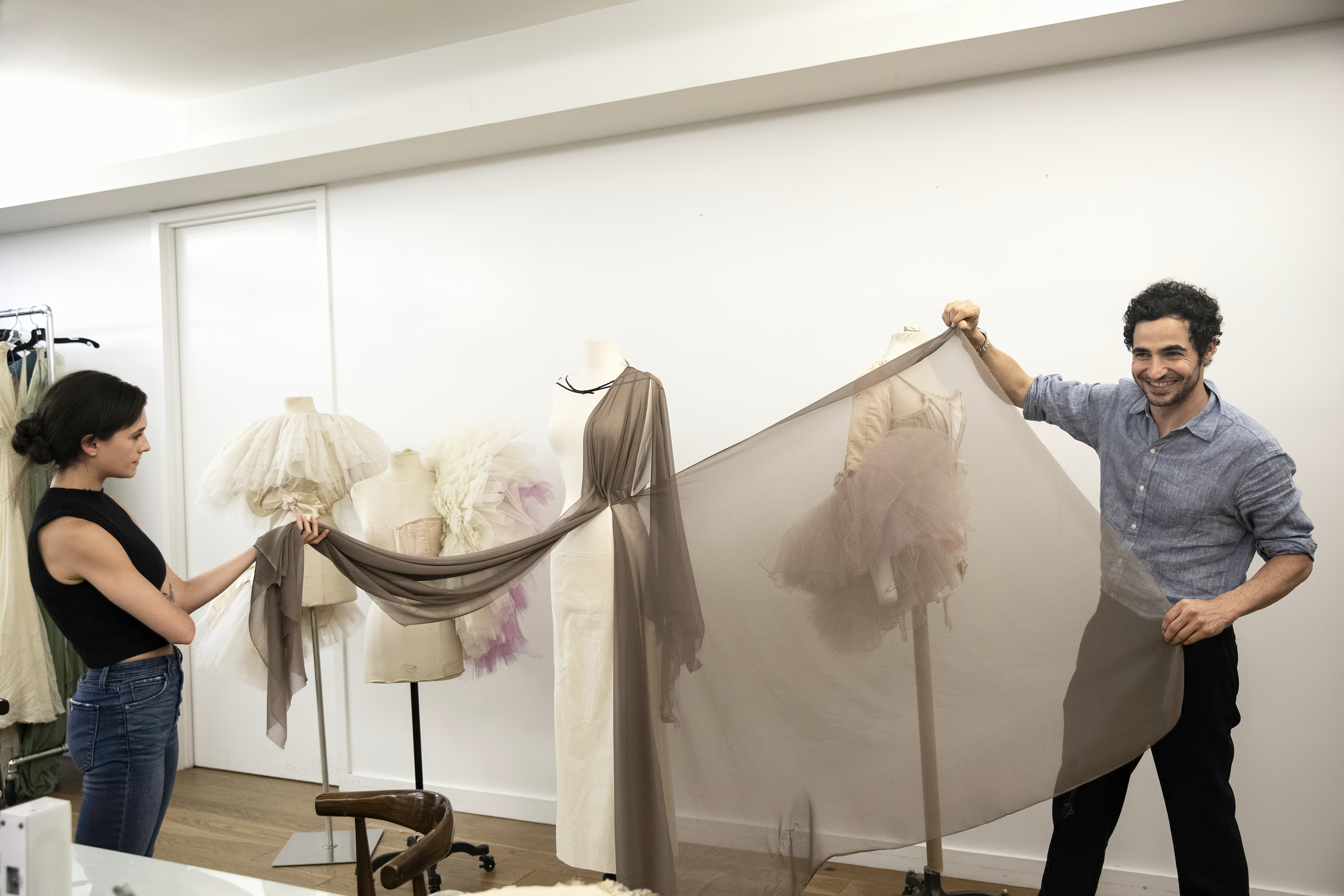
LOVETTE: We would go away for weeks at a time. I would write him things. I would give him quotes. I think he was doubting that he was the designer for me with all the stuff I was telling him. All summer, we were writing back and forth. Finally, I got some of his final works after we had spoken over the phone. I saw them via email while I was in Vail in August. I thought, these are not what I was thinking. It was like a Thomas Edison light bulb moment. I was about to email him saying that he hadn’t done anything that I had asked him to do, then this amazing idea came into my head about the dance world. I thought, what a genius thing to do. To takes these tutus, to flip them inside out, to show the boning and the hook and eyes. I just sat there at my computer stunned. Now I have such a brilliant idea of what this ballet could be. Then I knew exactly how I wanted to cast it.
KIRSCHBAUM: It went from all-male and minimal to….
LOVETTE: To double the amount of people. Men and women. Almost everybody’s in tulle. My leading dancer went from a man to a woman. I wanted to show a female perspective there. But she still has a masculine edge, so I kept some of my original idea. There was a real collaboration in how it unfolded. It’s been serendipity from the start. Everything that has happened. No matter how, not stressful…. alarming… I don’t know what the word is.
KIRSCHBAUM: So, you were thinking of shaking up the dance world by showing only a male perspective and he was thinking of shaking up the dance world by turning traditional costumes inside out?
LOVETTE: Exactly. So things like that kept happening. My conductor was going to chant to the music but he didn’t want to do it, so my leading dancer ended up doing it. Things just keep unfolding in ways that I wouldn’t have expected. Literally this idea came to me three weeks before I started.
KIRSCHBAUM: Did you need to adjust your vision of the choreography to Zac’s costumes?
LOVETTE: I didn’t have to. I think that’s another thing that’s serendipitous about this too. Doing all this floor work, because of the way that these tutus are designed they’re higher up in the back than they are in the front. I didn’t have to change anything.
KIRSCHBAUM: How important is costume to choreography?
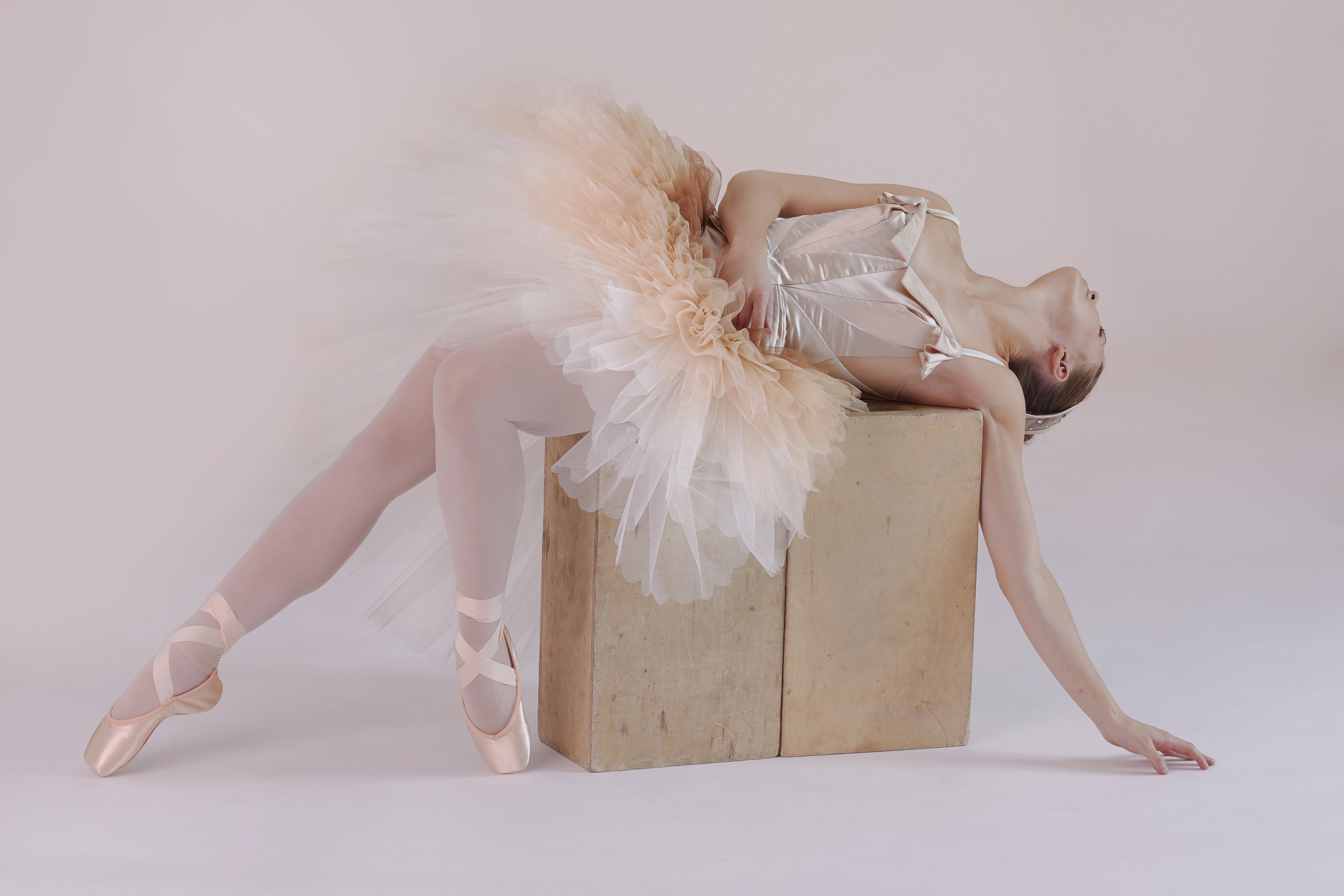
Mary Thomas MacKinnon.
LOVETTE: Very important. If we didn’t have these dancers in costumes, you wouldn’t follow the story. You wouldn’t know what’s going on. You wouldn’t differentiate Georgina from the others. You wouldn’t think she was something of today and that they were something of the past. Makeup, lights—all of it. It all comes together to make a story. It’s all so key. I’m learning that more and more. That is part of the joy of choreography. I get to be a deciding factor in all of that. This morning, I started lighting at 9 am. Everything has such an important weight.
KiRSCHBAUM: Is there a part of you that wishes you were dancing in all of this?
LOVETTE: A little bit. I definitely can relate to the leading character because it’s so close to me.
KIRSCHBAUM: What are your thoughts on Balanchine, his legacy?
LOVETTE: I never knew him. It’s kind of interesting to be part of an organization that is so formed. This whole place is built by somebody who’s passed away that I never knew. I mean, there’s so much that I love about what he did and the school that he built because it gave me freedom as a young dancer. I felt liberated. I am from California but I lived in North Carolina a year before coming here. I always had Russian teachers, the Vagonava method. For somebody like me, I had a very thin body. I had “the line.” But I didn’t have flexibility. I didn’t have good bend, demi plie. I had to keep my heels on the floor. I thought, I’ll never jump. I’ll never turn. I can’t dance. I’m wooden. It is in my bone structure. It’s not even the tendons that are tight, it’s the way that my feet are made. I came here and they told my I could lift my heel up just this much from the ground. I thought, now I can jump. I can turn. I felt very free in the Balanchine way. There’s musicality in it, so much emotion. I felt like I had found myself here. I am so grateful to him for that. I also heard so many stories about him in the past that seemed really dark to me. I’m from a different generation. His personal life I could do without. The interesting thing about ballet is that it’s always moving forward. But look at where it came from, the darkest of darkest origins. I am pretty sure it was in the brothels. We are miles away from that now. It just gets better every year. When I look at the Balanchine legacy, the ballets were beautiful. He was a genius. But that’s where it ends for me.
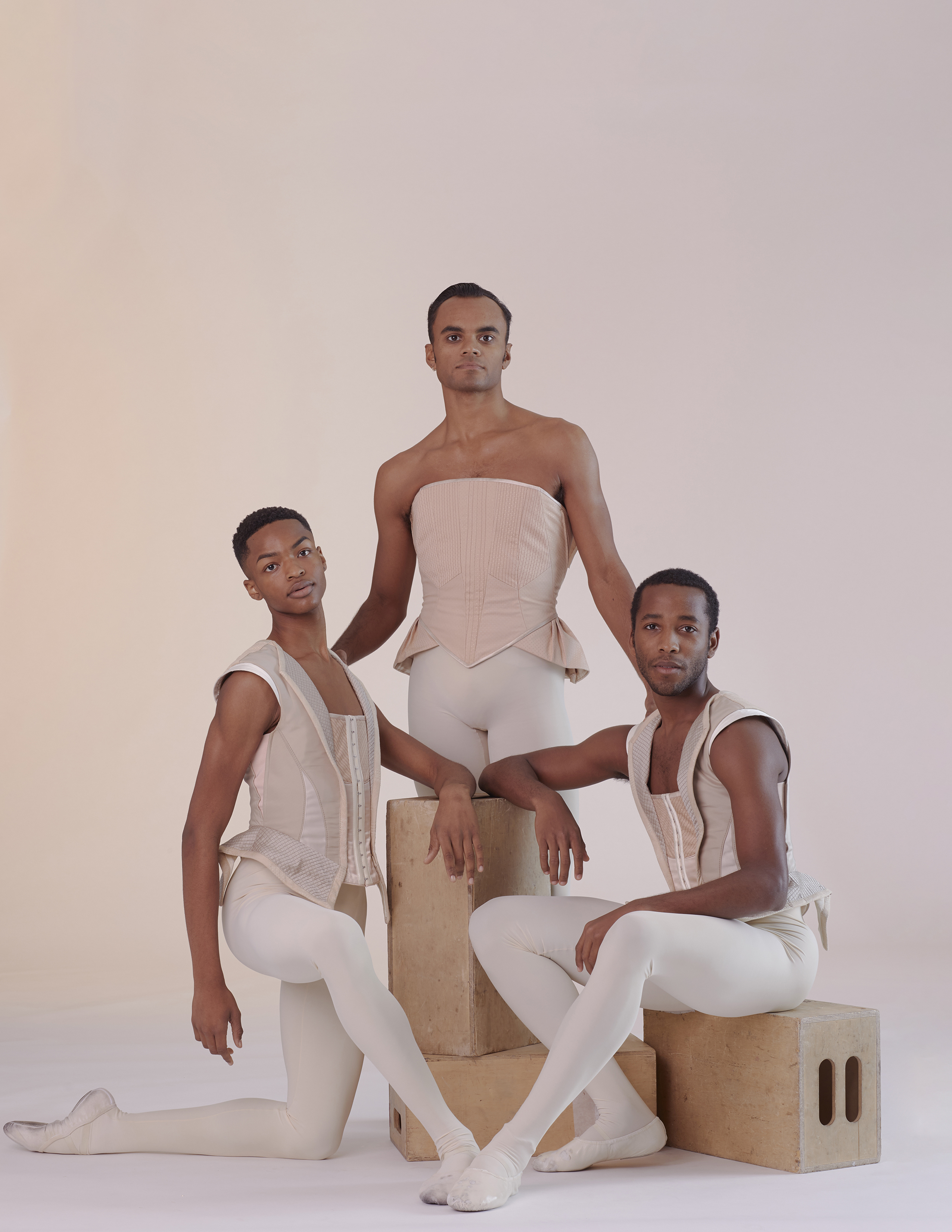
from left: LaJeromeny Brown, Taylor Stanley and Kennard Henson.
KIRSCHBAUM: Balanchine glorified the ballerina, but he was also a misogynist. Is this ballet a reaction to that?
LOVETTE: I think it’s a reaction to the times we’re in. It’s a very interesting time to be alive and to be young—what is acceptable, what should we be? Do we look forward? Do we look behind us? Do we do both? In this ballet, she’s looking everywhere.
KIRSCHBAUM: Zac was enthralled by Karinska’s designs. Why would you like to say about them?
LOVETTE: I love Karinska’s designs. I still wear a lot of them in costume rentals. Many of them have been replaced by now with newer costumes. A lot of her tutu designs, the insides of them are very intricate and very detailed. There is something about them. I don’t know what it is. They are magical, the Midsummer Night’s Dream fairy costumes. She never made one the same. You can’t tell from the audience. But the dancers can feel it. They feel unique. I think she just had that special way and Zac has that too. I hope it’s not the last time we collaborate.
KIRSCHBAUM: Similarly to Zac and for a newer generation, Karinska worked quite closely with Balanchine.
LOVETTE: Very! I would love my relationship with Zac to be like that. I already told him because we made too many designs. He said we could keep them and I thought, ‘okay, the next ballet.’ We have about three extra designs. He threw so many designs at me that first meeting, I thought, ‘Oh my God, we can make magic.’
KIRSCHBAUM: Karinska created the powderpuff tutu and Zac’s got the torqued tutu. Do you think it will be ‘a thing?’
LOVETTE: Maybe! I don’t see why not. The line is gorgeous. They don’t look tacky in any way. Innovative and new. Not a trend. Karinska’s designs are timeless and I think Zac’s are too. That’s what I love the most about his dresses. They were just classic gowns. They will never look old. They will never go out of style.
KIRSCHBAUM: This ballet—the journey of this girl onstage—heals the insecure female dancer within. How have you been that dancer in the past?
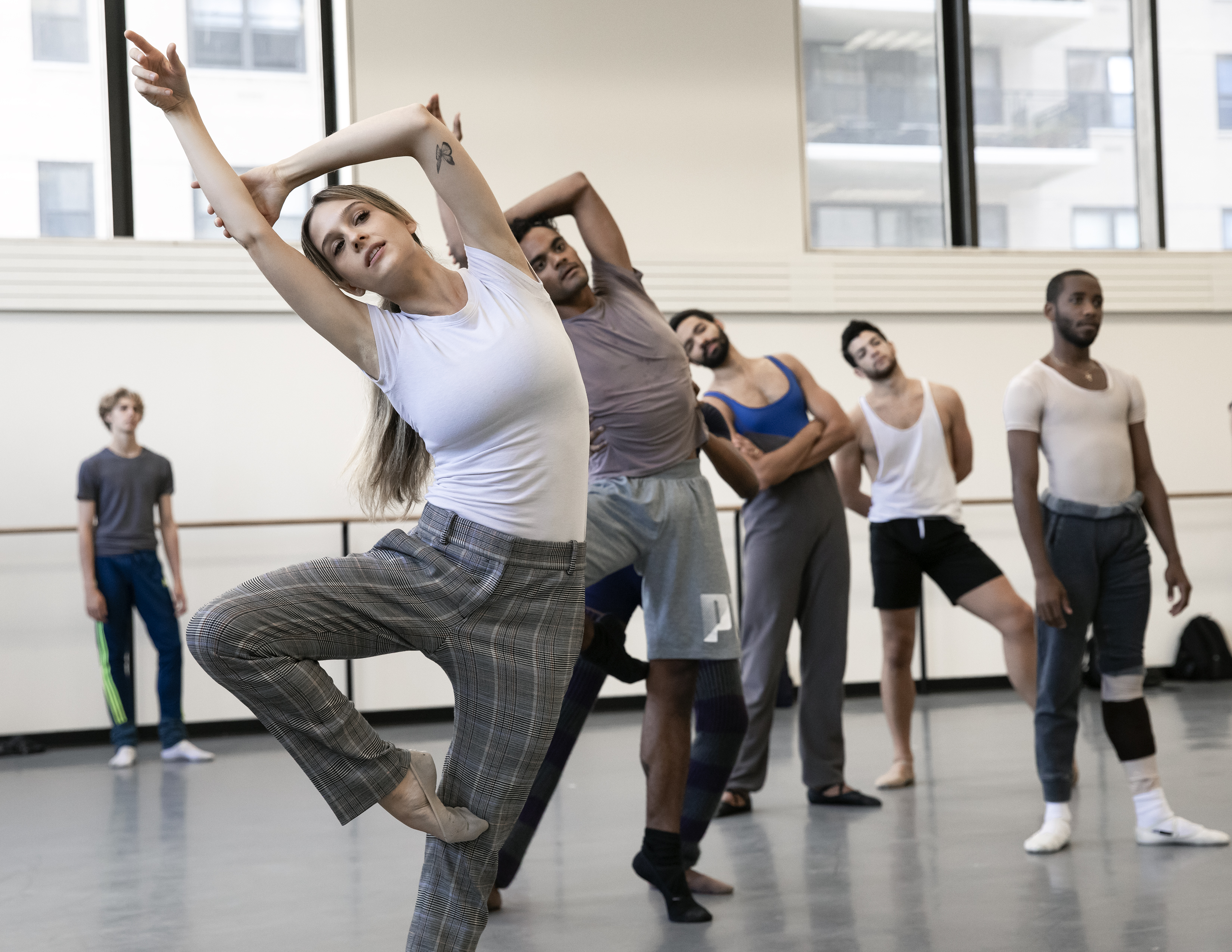
LOVETTE: It’s me and people who are very close to me. My sister danced. A lot of them left dancing. I am coming from the perspective of somebody who was told that they have the line. But then, I had a more curvy body type. I was lucky. Given dancers like Sarah Hay, Misty Copeland, it was alright. I wouldn’t say that I have a sob story that way. I have my work. Looking at a mirror six hours a day is never easy. I don’t care who you are. A lot of people in my life, who were close to me, had a hard time with ballet. Mentally, it’s been a struggle. So I wanted to make this ballet for a reason, for people like that. It’s more than that. I can’t tell you how may people, even older people, are coming back to ballet. In their 60’s, putting on pointe shoes. I’m like, yes! Come back to the dance.
KIRSCHBAUM: Do men have the same pressure in ballet training?
LOVETTE: I think it’s the same with men too. They get the opposite. You’re not bulky enough. They have the same problem with the feet and lines.
KIRSCHBAUM: Since Zac calls his costumes “fucked up Degas. What does Degas mean to you?
LOVETTE: At first, he kept saying “ballerina banshees.” I thought, no, it’s not that. But in a way it did end up being a little bit of that. I didn’t want my dancers to look crazy. I don’t think ballet dancers are crazy, but I wanted to show the mental struggle that a dancer goes through to dance. On a broad scale, I wanted all the dancers in the back to not be quite here of today. I wanted them to be a little bit of the past, done anew. Ghost like. But I didn’t want them to look insane. No black swans here. There is nothing I hate more than someone asking me, “Is it like Black Swan?”
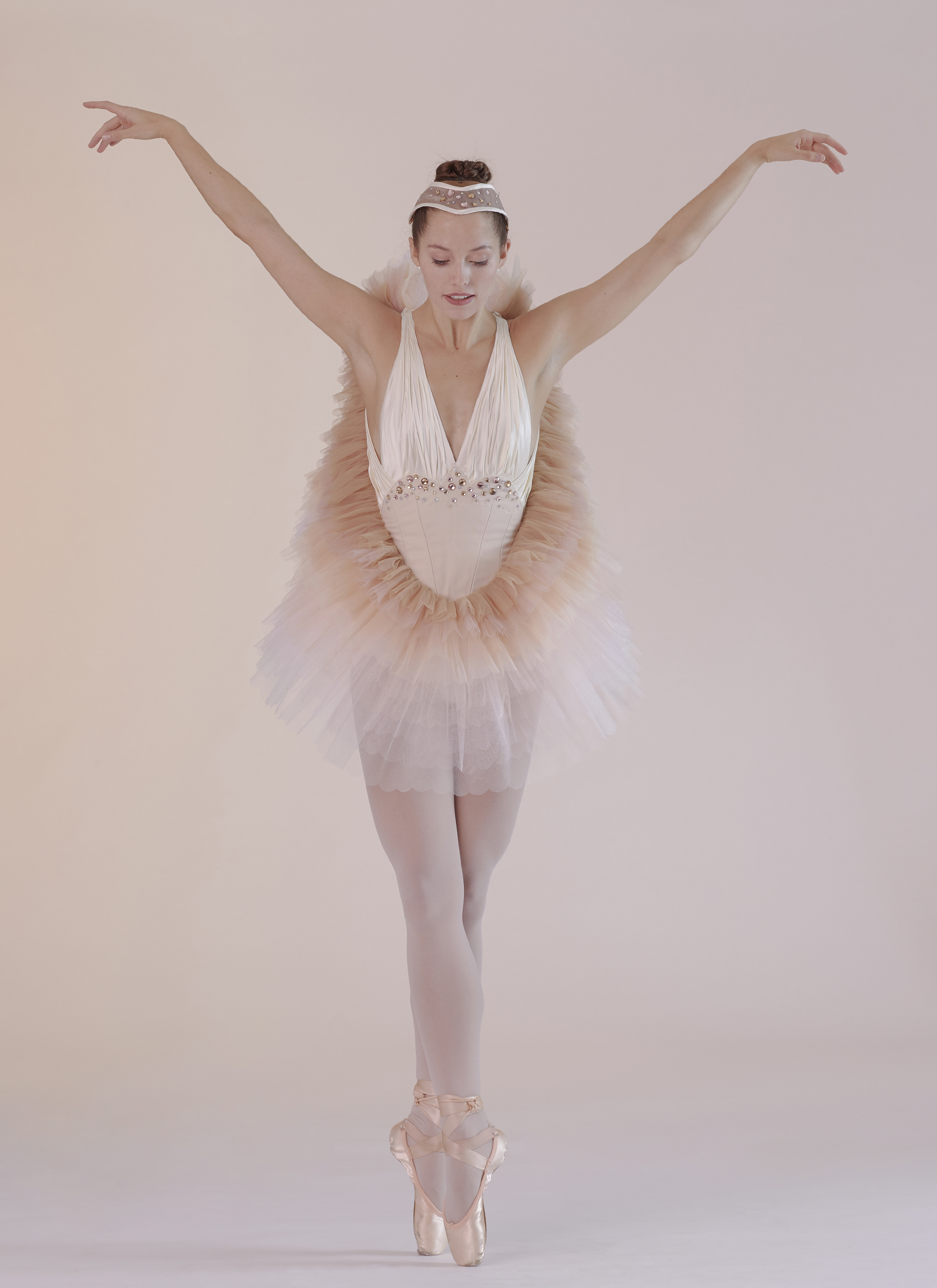
Unity Phelan.

